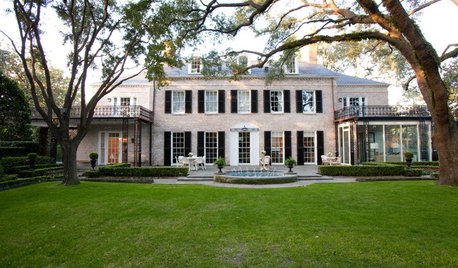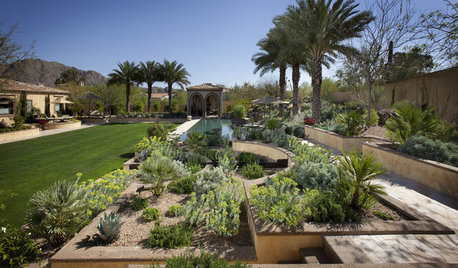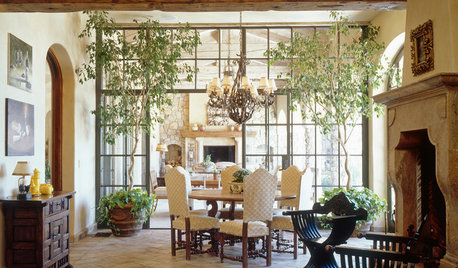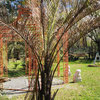Royal Palms in Houston?
richard852
17 years ago
Related Stories

HOUZZ TOURSHouzz Tour: Playful Luxury Infuses a 1929 Houston House
Understated elegance gets an update with thoughtful splashes of color, pattern and glamour in a gracious Texas family home
Full Story
LANDSCAPE DESIGNCelebrate a Sunny Climate With the Right Leafy Palm for Your Site
So you get freezes or floods. So your garden is small. These palms send excuses riding off into the tropical sunset
Full Story
EVENTSModernism Week 2015 Opens in Palm Springs
The city’s 10th annual festival celebrates midcentury architecture and design. Here’s a look at what’s on view
Full Story
HOMES AROUND THE WORLDMy Houzz: Where Palm Springs Meets Gum Trees
A love of midcentury design and a knack for renovating lead this family to a 1960s gem on the outskirts of Melbourne
Full Story
LIFE6 Ways to Cool Off Without Air Conditioning
These methods can reduce temperatures in the home and save on energy bills
Full Story
CONTEMPORARY HOMESHouzz Tour: Where ’60s London and Texas Style Meet
A midcentury ranch house’s architecture and a couple’s English and Lone Star State backgrounds come into play in a spirited renovation
Full Story
HOMES AROUND THE WORLDHouzz Tour: A Medieval Palace With an Art Deco Twist
Eltham Palace is hailed as an architectural masterpiece, but the 1930s modernization of this historic home was controversial
Full Story
GARDENING GUIDESSouthwest Gardener's October Checklist
Softer light and milder weather make desert gardens a real joy this month, but watch the water and don't forget to plan
Full Story
Rooting for Indoor Trees
Houseplants tend to get all the glory indoors, but trees deserve their place in the sun — and in your living room, your entryway, your ...
Full Story
PETSHouzz Call: Show Us Your Summer-Loving Dog!
Share a photo of your pooch kicking back in the backyard, helping you in the workshop or enjoying your favorite summer getaway
Full StorySponsored





galveston1602
richard852Original Author
Related Discussions
Houston Area Royal Lee and Minnie Lee Cherries
Q
Coconut palm in Houston. From Hawaii
Q
Royal (Roystonea) Palm Question
Q
Royal Palms
Q
andyandy
galveston1602
andyandy
galveston1602
davidcf
andyandy
topher2006
galveston1602
spockvr6
topher2006
davidcf
royalpalm321
andyandy
spockvr6
topher2006
spockvr6
galveston1602
fescuedream
jose01
williamr
david_
topher2006
david_
jose01
david_
galveston1602
topher2006
jose01
galveston1602
richard852Original Author